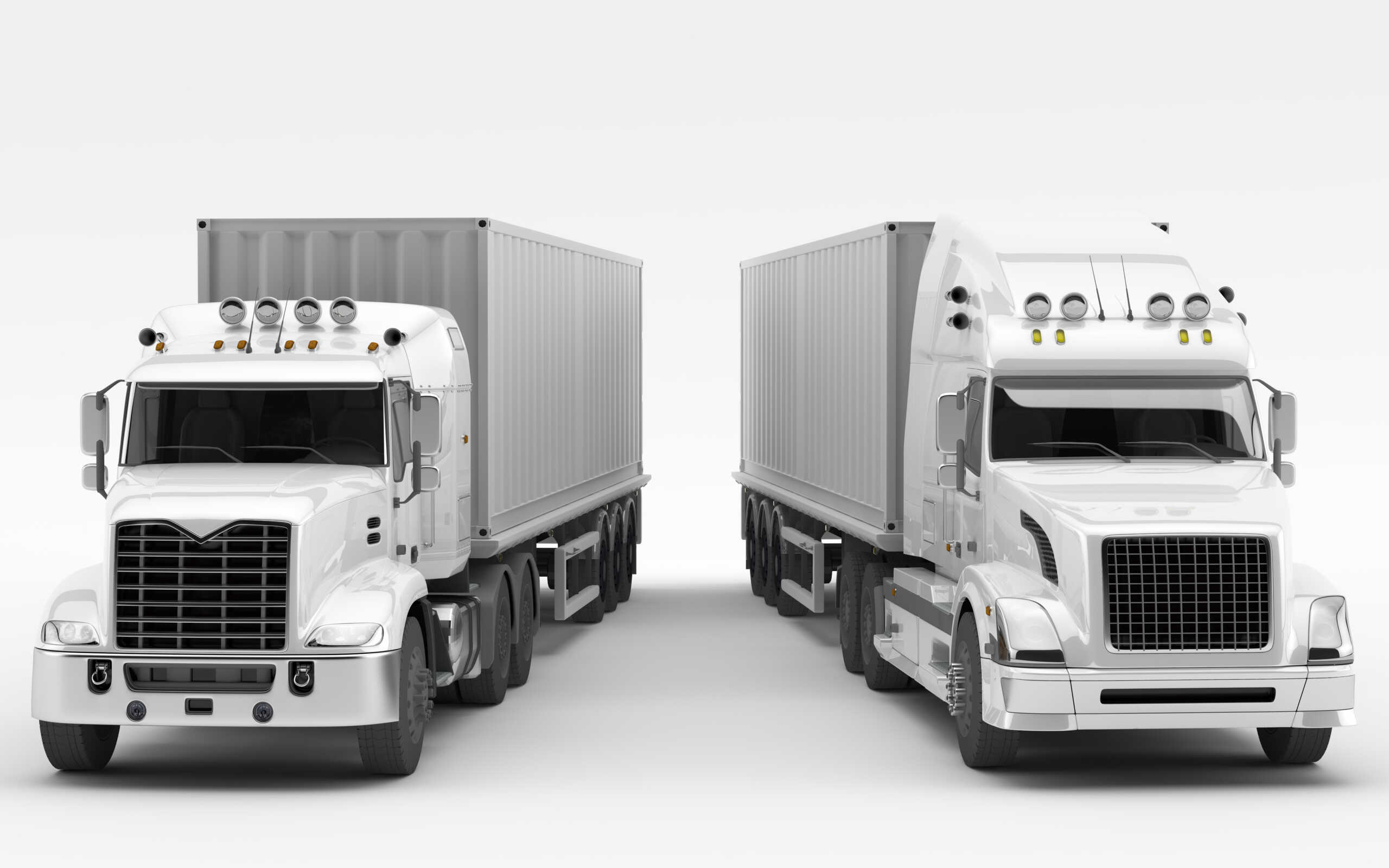Blog

Cleveland Trucking Services Explained: Full Truckload vs. Less-Than-Truckload
If you’re shipping freight in or through Ohio, you have several shipping options from which to choose. Each has its own benefits, but much depends on your unique business objectives, dimensions, type of freight and other factors. Our Cleveland trucking services professionals can help you determine the best choice for your company. You may opt for different modes depending on the season or for different products or destinations.
The two primary modes we’re spotlighting here are those most frequently confused: full truckload (FTL) and less-than-truckload (LTL). Learning the difference between the two will help you choose the one that is right for your needs.
Full Truckload Shipping Defined
Truckload shipping is when your load fills the whole capacity of a truck’s trailer. It’s ideal for when shippers have:
- Items sufficient to fill an entire truck (which can range from 15,000 to 50,000 pounds).
- Customers who prefer an entire truck dedicated solely to their goods.
- Freight that is time-sensitive/tight shipping deadlines.
- Sufficient weight that makes it cost effective to haul using a single truck rather than several shipments of less-than-truckload.
Full truckload is a frequent favorite of larger enterprises as well as their suppliers and retailers. As reported by Logistics Management, the U.S. full truckload industry generates between $300 billion and $360 billion in annual freight revenue. It’s going to be more expensive than less-than-truckload shipping, but it requires less handling and you’re more likely to receive an accurate transit time with less chance of delays. There is also less likely to be any damage to your goods because FTL typically requires less handling.
Less than Truckload Shipping Defined
Less-than-truckload shipping is when the trailer space of a truck is only partially used, with the cost to ship the overall load shared among numerous shippers. LTL shipping is a $44 billion industry in the U.S., according to Logistics Management. It is the preferred transportation method of individual shippers and small businesses. As our Cleveland trucking services experts can explain, it tends to offer a great deal more flexibility and other benefits in comparison to FTL shippers.
Ohio LTL shipping offers a solution that is affordable for those who don’t need a 15,000-pound capacity. It costs less because you have the expense shared by several different companies paying for their own percentage of the trailer space.
Our third-party logistics (3PL) operation in Northeast Ohio assures that you aren’t dealing with numerous brokers to arrange these shipments. Beyond the trucking services, our operation also handles crating and palletizing packages for customers whose items must be protected while being handled and shipped in multiple trailers prior to arriving at their destination. Ensuring goods arrive on time is only half of the job; we ensure they arrive intact as well.
Bottom Line for Those Considering Cleveland Trucking Services
There are downsides and benefits to both FTL and LTL. The option that’s going to best suit your needs is truly going to depend on the type and amount of freight you’re shipping and how fast you need it to get there. On Time Delivery & Warehouse offers competitive rates on both modes, and we’re happy to help you determine what’s going to work best for your situation.
If you have questions about Cleveland trucking company services, contact On Time Delivery & Warehouse by calling (440) 826-4630 or sending us an email.
Additional Resources:
Truckload Market Update: In search of seasonality, Nov. 7, 2019, Logistics Management
More Blog Entries:
Improved Cleveland Trucking Safety Helps Protect Shippers From Liability, Sept. 15, 2020, Cleveland Trucking Services Blog
- Categorized: Company News
- Tagged: Cleveland truckers, Cleveland trucking, Cleveland trucking jobs, Cleveland trucking services, FTL, full-truckload, less-than-truckload, LTL

Comments are closed.